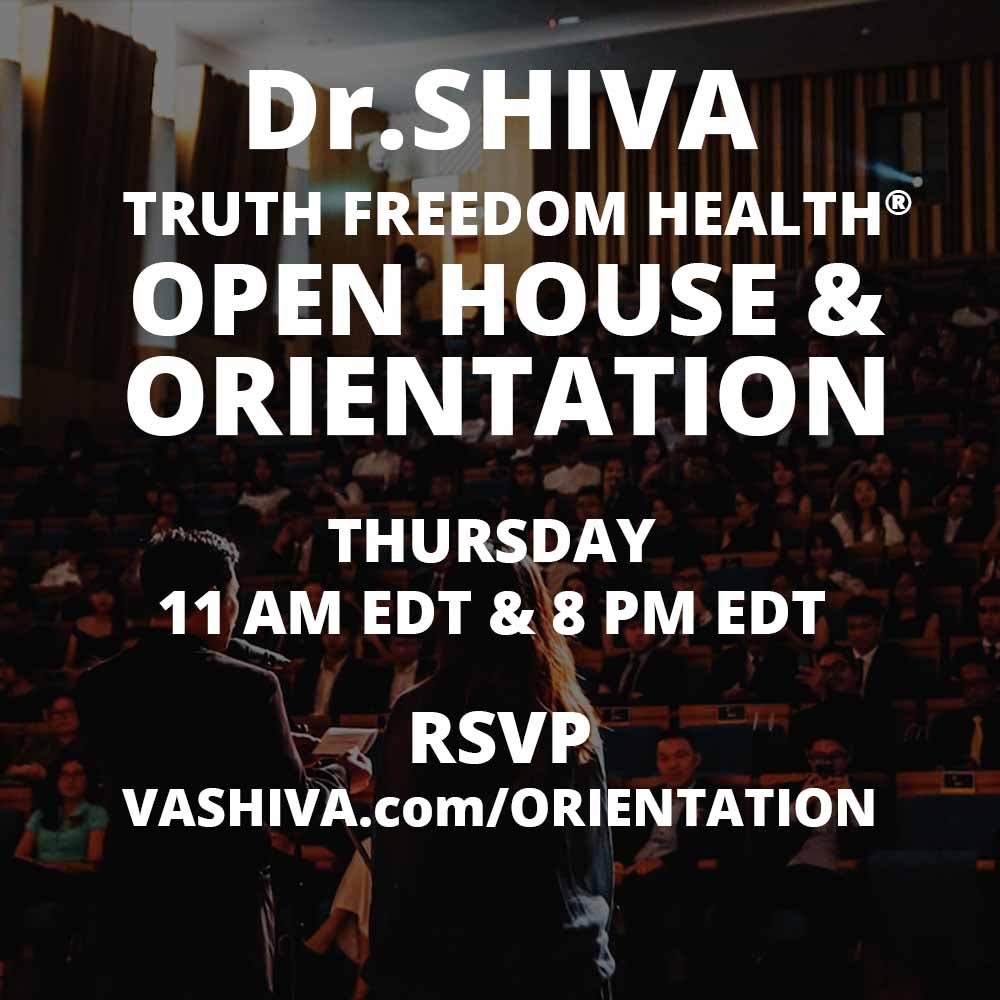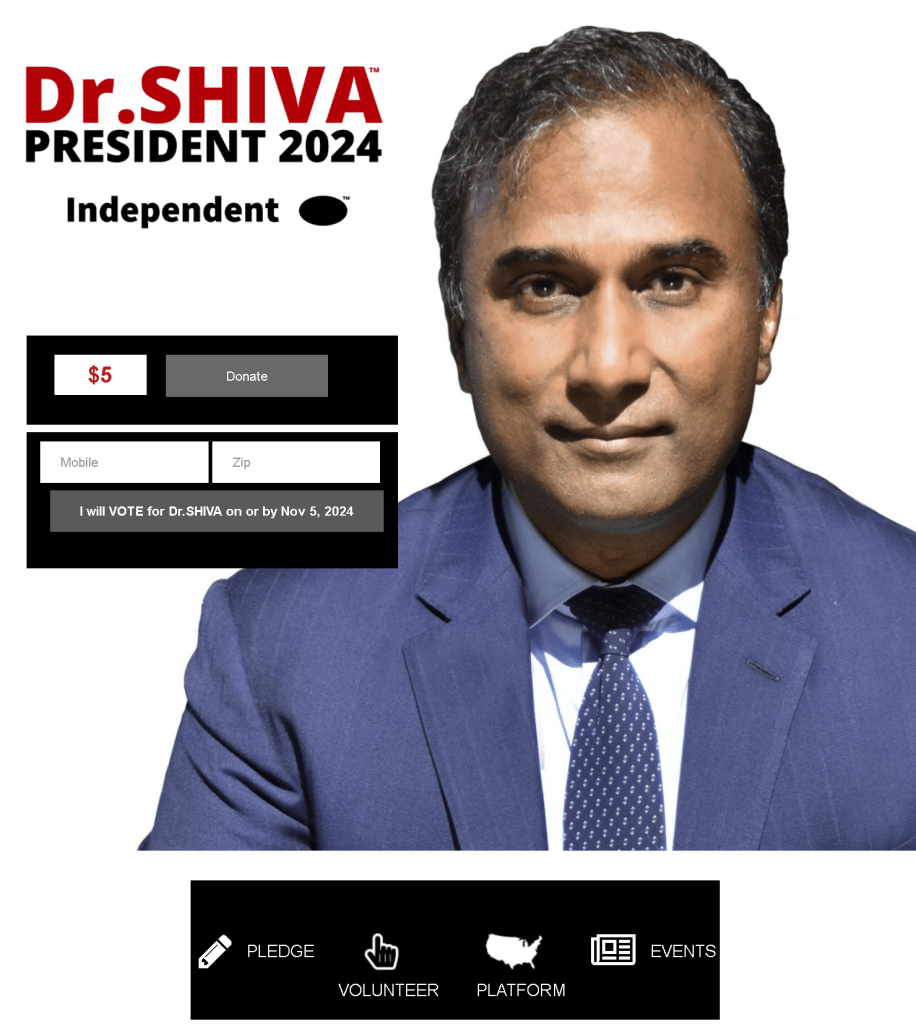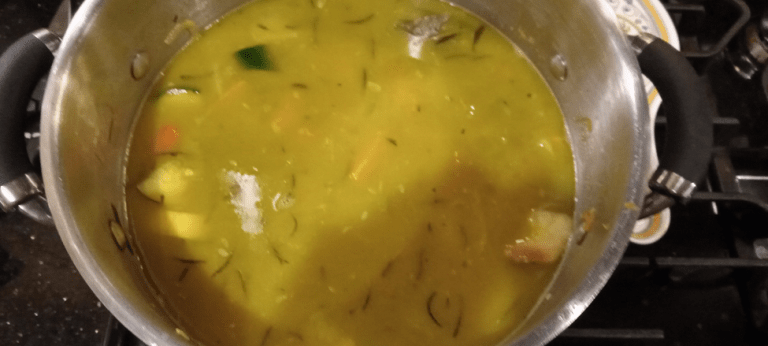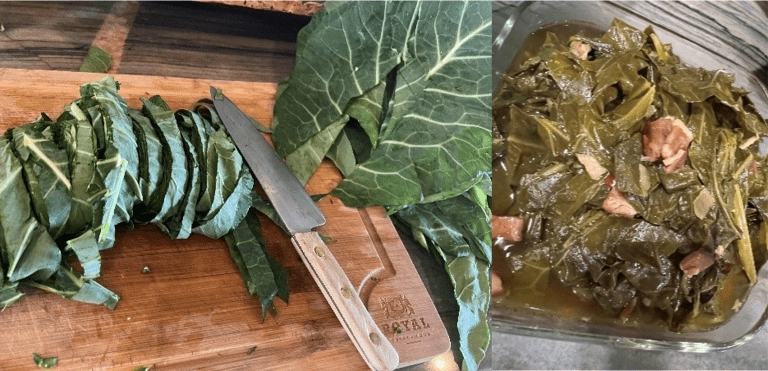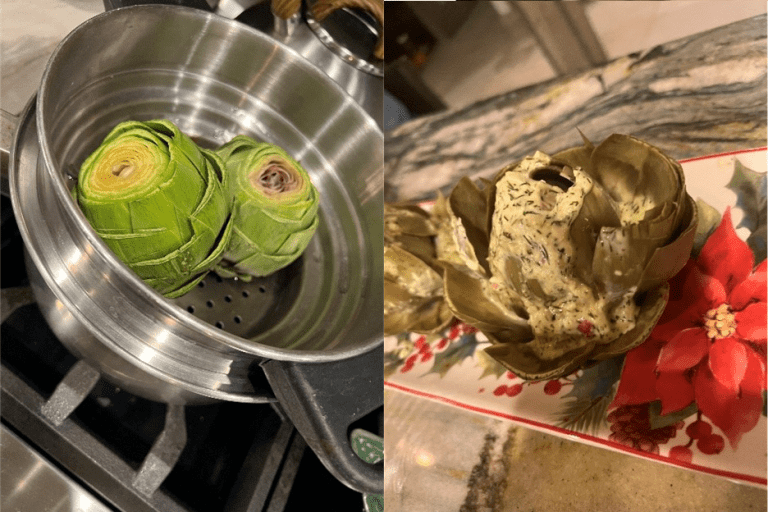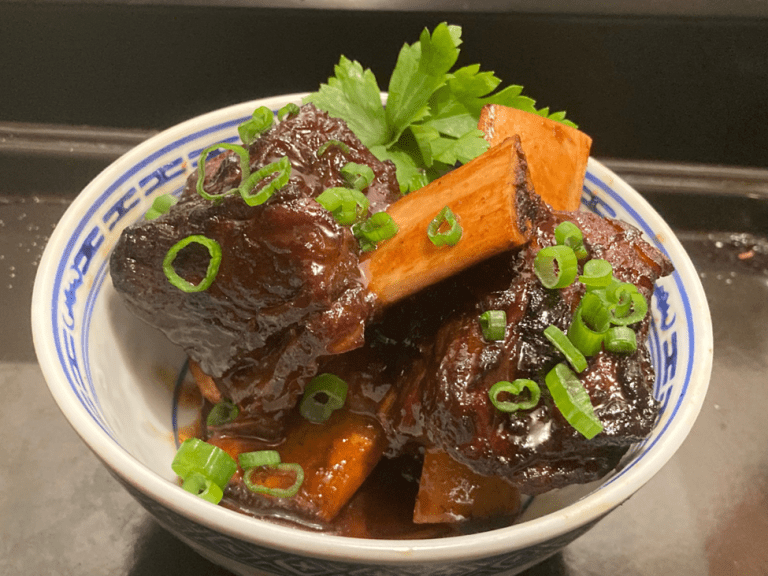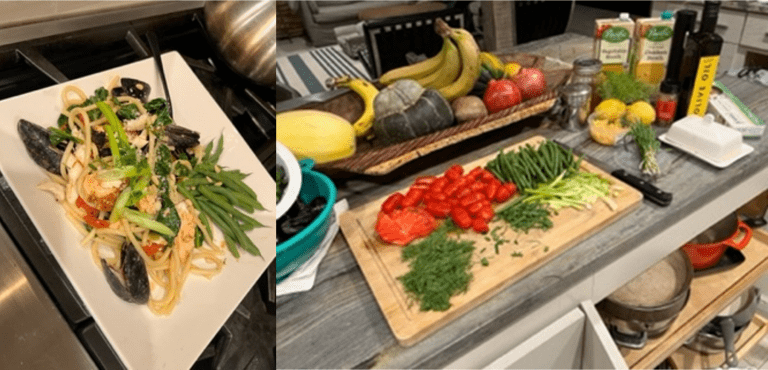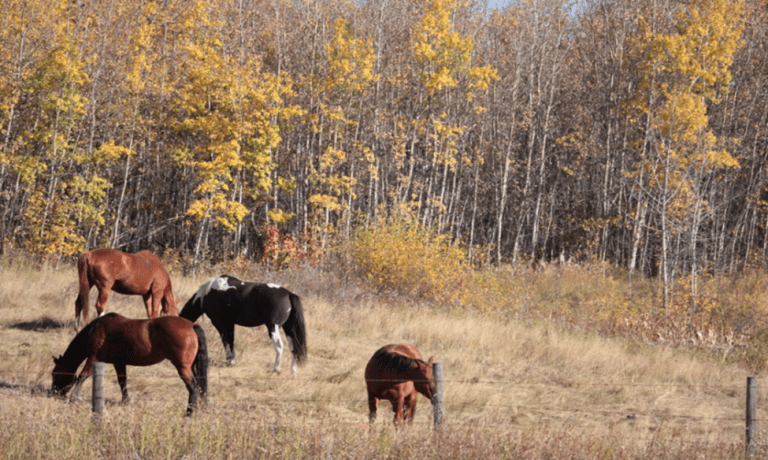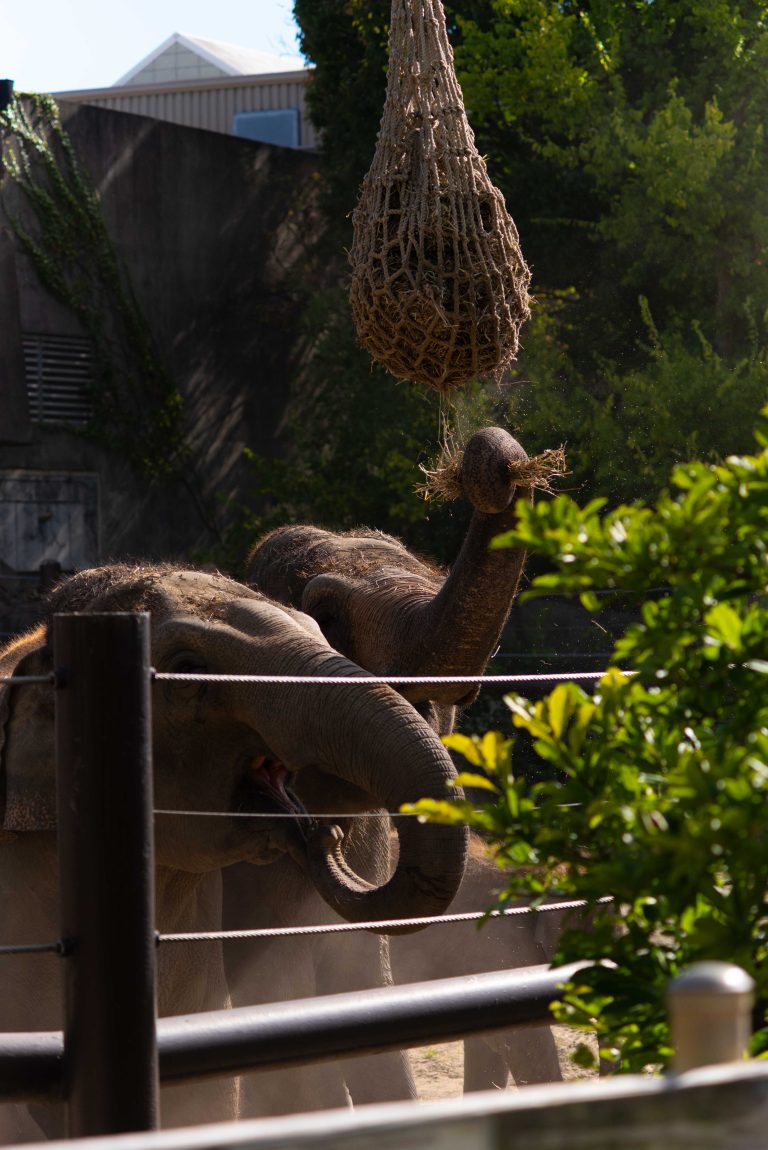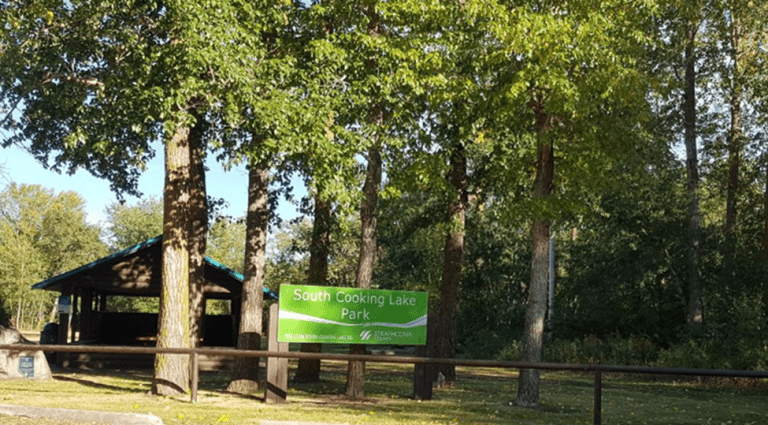- The CSTO or Collective Security Treaty Organization is an alliance consisting of Armenia, Belarus, Kazakhstan, Kyrgyzstan, Russia, and Tajikistan.
- Putin describes the path to peace between Armenia and Azerbaijan, who have ongoing border disputes.
- Putin uses no coercion or authority, but simply outlines the main system inputs/issues which need to be addressed, the border boundary, transport issues, and human health issues.

On October 28, 2022 Vladimir Putin addressed members of the Collective Security Treaty Organization (CSTO) which is an intergovernmental military alliance consisting of Armenia, Belarus, Kazakhstan, Kyrgyzstan, Russia, and Tajikistan.
Transcripts of these meetings are available through the Kremlin’s website, rather than being diffused through selective soundbites through the media, which is remarkable transparency.
From a systems point of view, Putin is simply reinforcing his connections in Eurasia, and actually is doing so all over the world, lest you believe Putin and Russia are actually isolated.
This is a viewpoint forwarded by Western Media but is a very narrow perspective. Putin is much more globally connected with allies than we are led to believe in the West.
And we can see that the various embargoes imposed on Russia during this false Ukraine narrative episode, have really not hurt Russia at all.
The political and economic systems which Putin has cultivated since the early 1990s have created a highly resilient system with respect to international trade.

The main point to raise regarding this particular meeting, was the current and Historical tension between Armenia and Azerbaijan. The two countries are involved in an ongoing territorial dispute
Russia maintains about 2,000 peacekeepers in the disputed border region and brokered the deal that ended the 2020 fighting – dubbed the second Karabakh war – in which hundreds died.

Violence has recently erupted in the regions, to which Putin responds quite directly and offers again to broken peace, but based on certain principles which he articulates.
First of all, he mentions that he has strong ties with both countries, meaning he cannot favor one country over the other. Rather, their dispute must be resolved on three basic principles, which he lists.
- through delimitation of the Armenian-Azerbaijani border,
- freeing up transport services, and
- resolving humanitarian issues
“Without a doubt, the only possible and realistic path to peace is the one through strict compliance, by the parties, with all the provisions of the well-known joint statements of the leaders of Russia, Armenia and Azerbaijan.”
“Only through the consistent implementation of these agreements, through delimitation of the Armenian-Azerbaijani border, freeing up transport services, and resolving humanitarian issues will it be possible to achieve a sustainable normalisation between Armenia and Azerbaijan.”
We can think of the Russia-Armenia-Azerbaijan triad as a smaller system of relationships, which is a hinderance on the smooth functioning of the larger political and economic system of the broader CSTO alliance.
The border issue defines the ‘structure’ through which their economic and cultural systems operate. The ‘transport services’ obviously, are the transport and communication aspects of the system.

He then mentions the ‘health of the people’, the humanitarian issues, loss of life. One cannot pursue truth and freedom, pursuit of happiness and self-actualization, without health.
This is a core ‘structural’ element of any system. Without health, there is no energy and vitality for production, transport, and exchange.
Putin very quickly, removes the notion of polarization (‘You will either do this, or do that.. make a choice’) from tensions within the alliance. Putin also dismisses the idea of a ‘top down’ (Russia decides) decision.
Rather, he defines the alliance and dispute between Armenia and Azerbaijan in terms of attributes of the system, important nodes in this system, which both parties would generally agree are of mutual benefit.

In a sense, he points out the ‘truth’ of the situation. We have a border to define, we have rules and regulations regarding transportation and passage to be worked out, and we’ve got humanitarian/ human health issues to resolve.
He reminds everyone that a treaty inclusive of these issues was already reached in 2020, and the agreements in the treaty must be honored by both parties.
He concludes “The question is how to find these solutions. It is not easy, but you can only find them on this path. In the future, this will pave the way to a peace treaty.”
In other words, the solution may be found by taking a systems analysis and a systems view. The goal is peace and cooperation.
The system inputs are relationships in these areas (border, transport, and health) and should be done so by the parties concerned (Armenia and Azerbaijan) and not based on a ‘top down’ decision from Russia.
This tends to be a common theme if you actually follow Putin’s words and not media soundbites. Countries need to establish their sovereignty, and have every right to do so, and Russia will respect this.
His decisions are based on systemic principles which he defines both conceptually and with actually data, which tend to be balanced and fair ‘common sense’ statements.
Further Reading: http://en.kremlin.ru/events/president/transcripts/69700




















